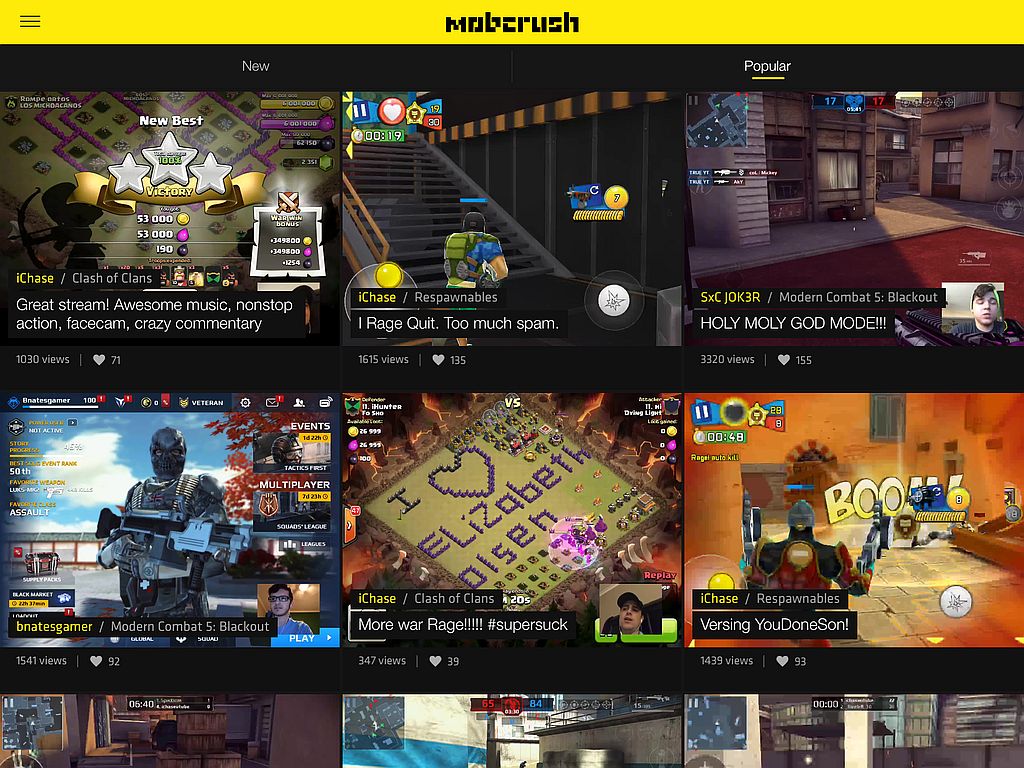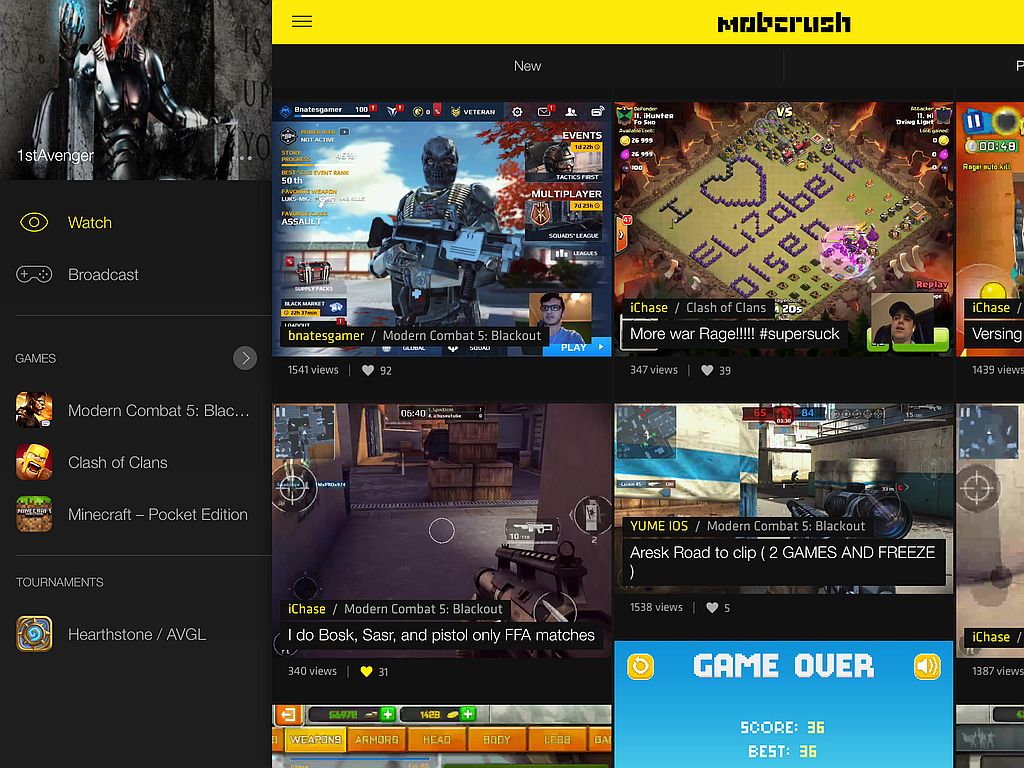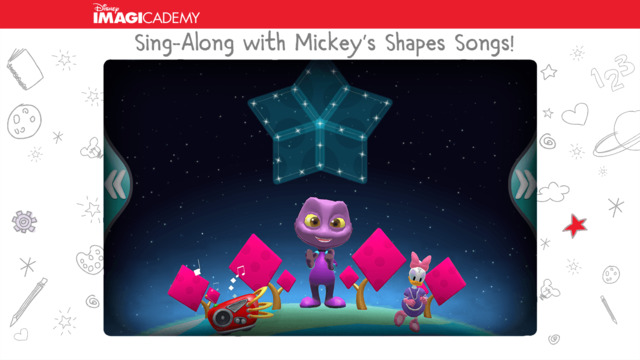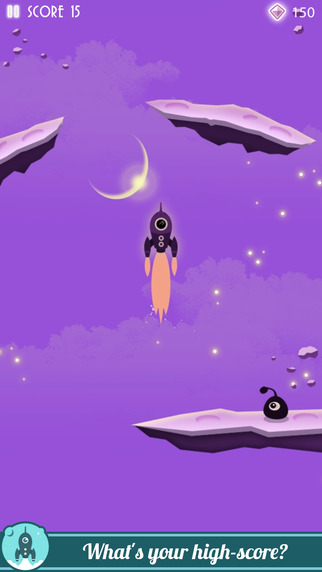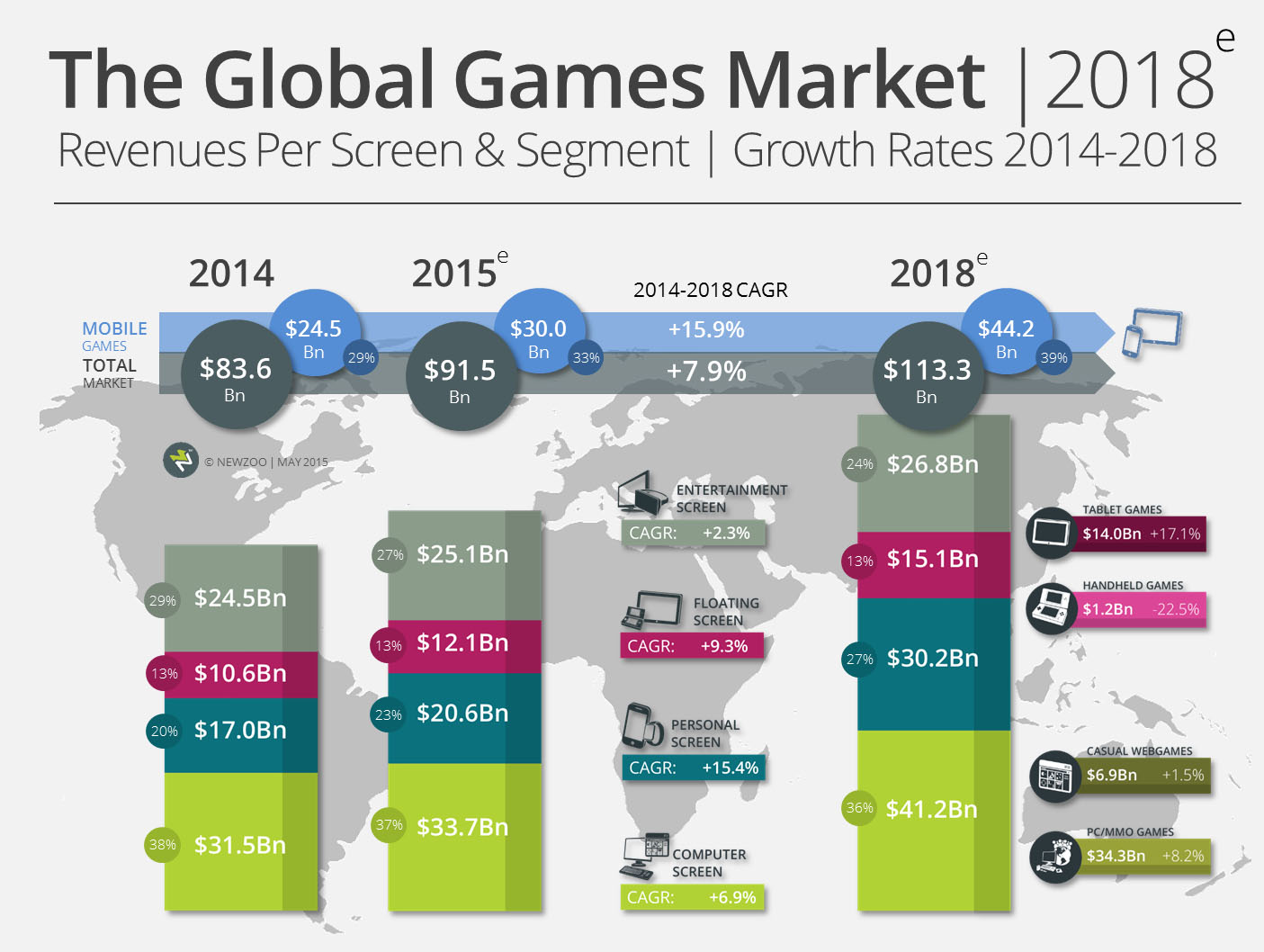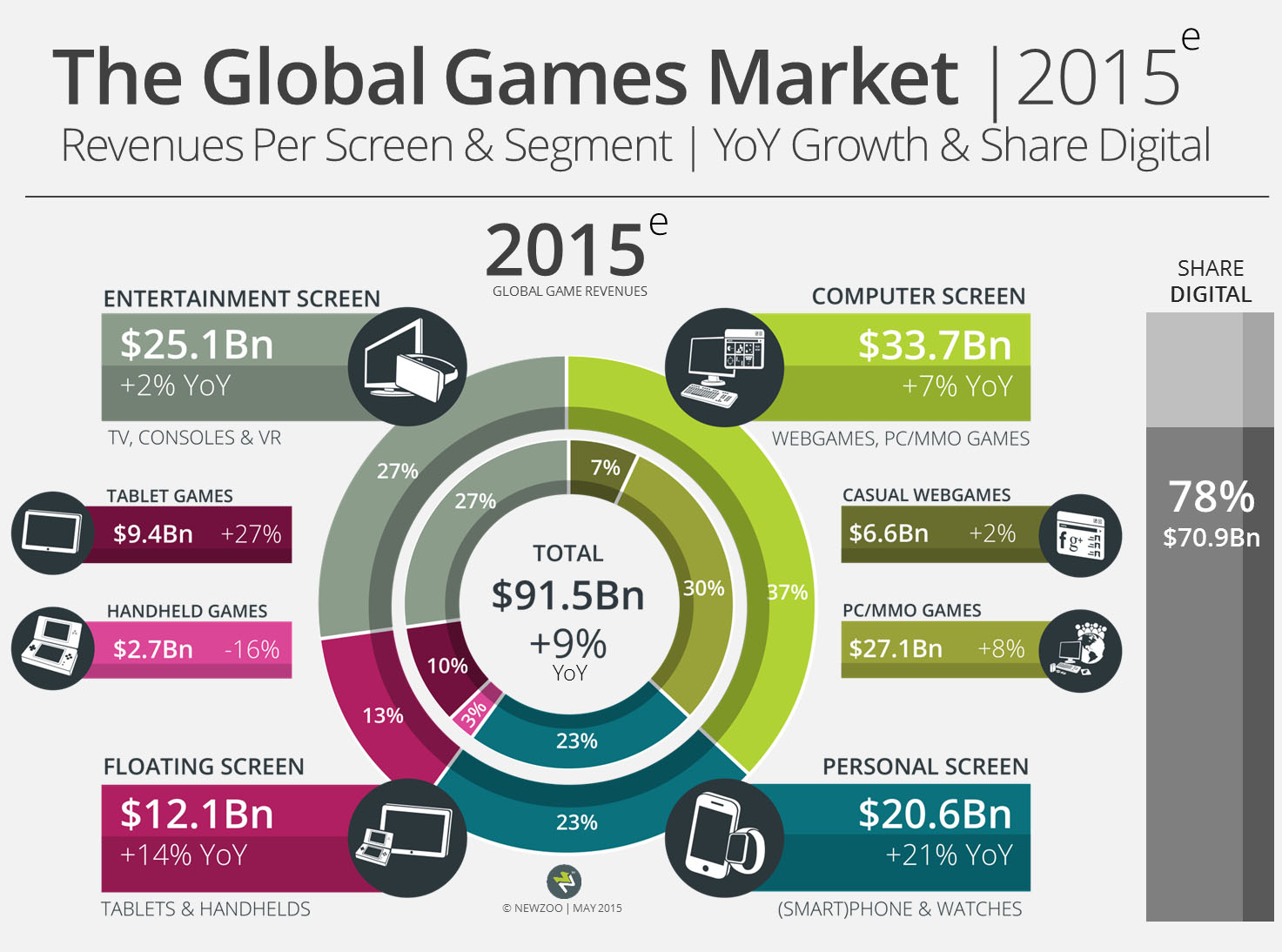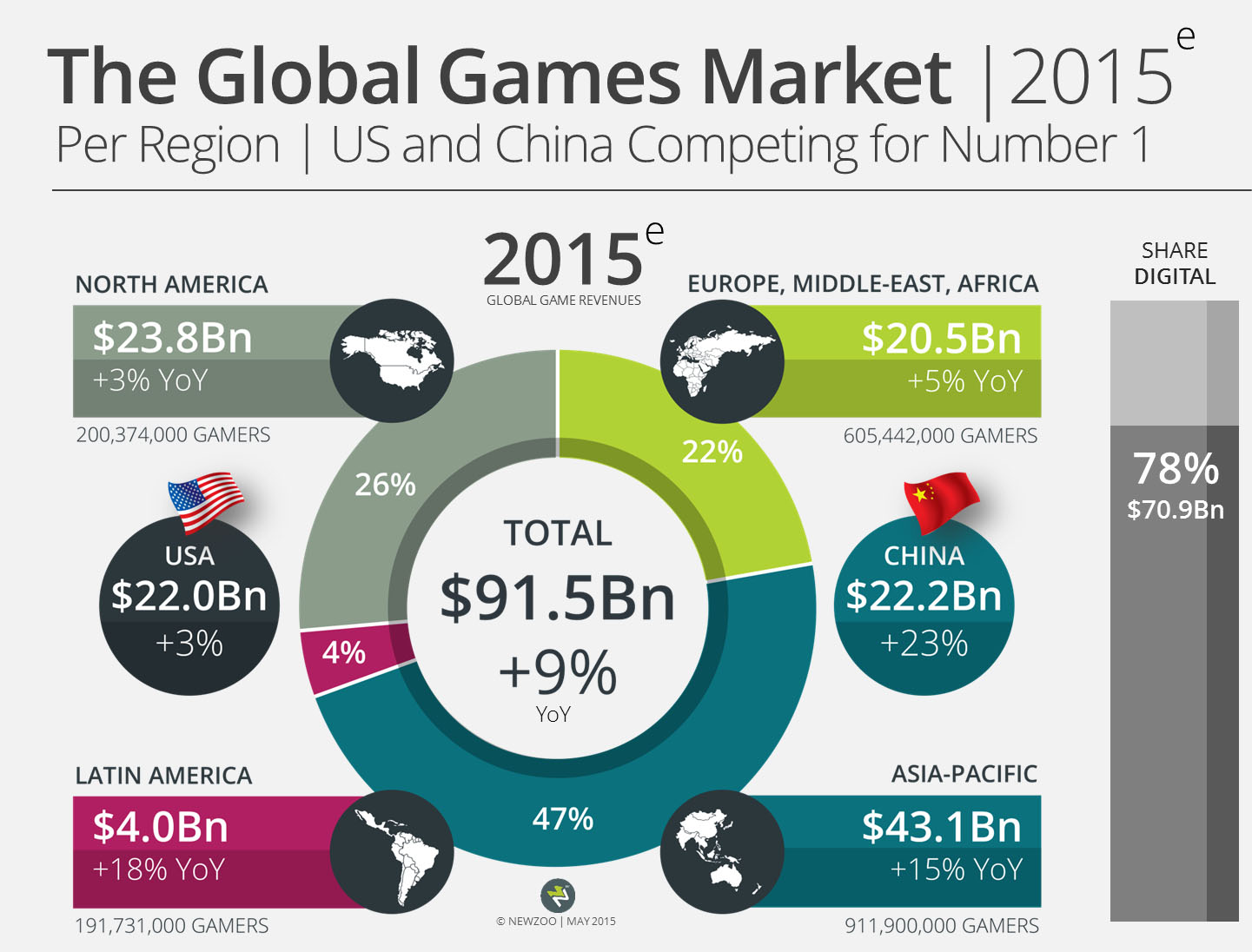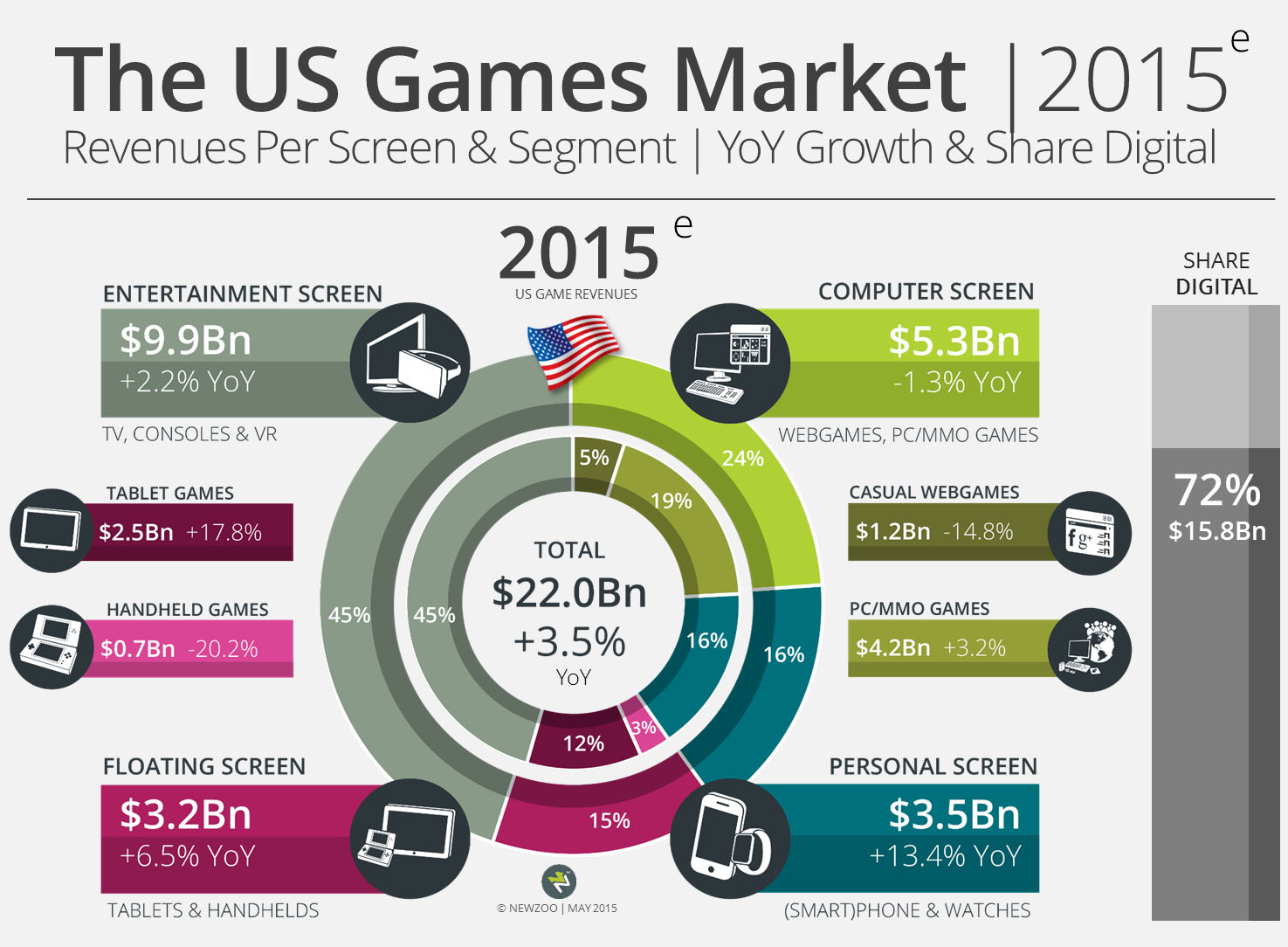Twitch has done a good job establishing an audience over the years, as it currently has over 100 million monthly viewers, checking out everything from live events to gaming tournaments to devotees showing their skills in a number of games. Now, with a few new moves made this week, it hopes to expand this service even further.
First off, it’s pushing its music service a bit further through a new partnership with Boiler Room, a global broadcaster that specializes in underground music. The company has launched its official Twitch channel today, providing a 24/7 video broadcast of both live and archival music performances, featuring the best in underground music.
This could be beneficial for both the channel and the artists featured on it when it comes to audience expansion, as fans would flock to it to hear what’s up and coming, while the artists would get a better outreach.
“We’re really excited to launch our Boiler Room channel for music lovers within the Twitch community,” said Mazdak Sanil, CCO for the broadcast service. “The convergence between consumption of different forms of entertainment is a trend that creates great opportunities for partnerships like this one, between leaders in their respective scenes.”
Twitch’s Music Library has come a long way in attracting a variety of artists to the service since its launch earlier in the year, becoming a beta broadcast category in its own right. It’s sure to align with many more partners in the months ahead, expanding the offerings for broadcasters to use in the background of their gaming sessions.
The company is also introducing a new on-demand service, where mobile viewers can catch the best moments from past tournaments and select sessions however they please. VentureBeat has reported that, through Twitch’s own blog, the service allows users to look through past broadcasts and highlighted videos with ease, simply by browsing through the activity feed.
The videos are usually deleted after 14 days (or 60 days for those that sign up for the monthly premium service), but this is a great way to catch up on content that was missed during a live feed – and it’ll be beneficial next month, as a lot of companies will be utilizing Twitch to showcase its up-and-coming games, straight from the show floor.
This could also prove beneficial for potential advertising partners, since companies are taking more interest in teaming with Twitch. Old Spice’s previous promotion with the company, following “Nature Man” for three days while users controlled his actions, paid off big-time.
And for those who want to get a better understand of how Twitch clicks when it comes to the streaming business, check out his blog entry on the company’s official page, breaking down the science of streaming. “Twitch is the fourth largest stream of data on the Internet. Conclusion: People really like watching each other play video games,” the opening line reads.
The blog entry breaks down a number of areas where success has come into play for Twitch, including offline channels and how they can divert users to seek out live programming; browsing for new content that relates to the viewer; and overall engagement. “Understanding the path to video is foundational knowledge for anyone who wants to understand or improve Twitch,” the post concludes. “If data is your jam, we’re still making huge insights. Consider joining Science.”
The post can be found here, and is great reading for those who want to get a better understanding of the “streaming craze,” as it were.
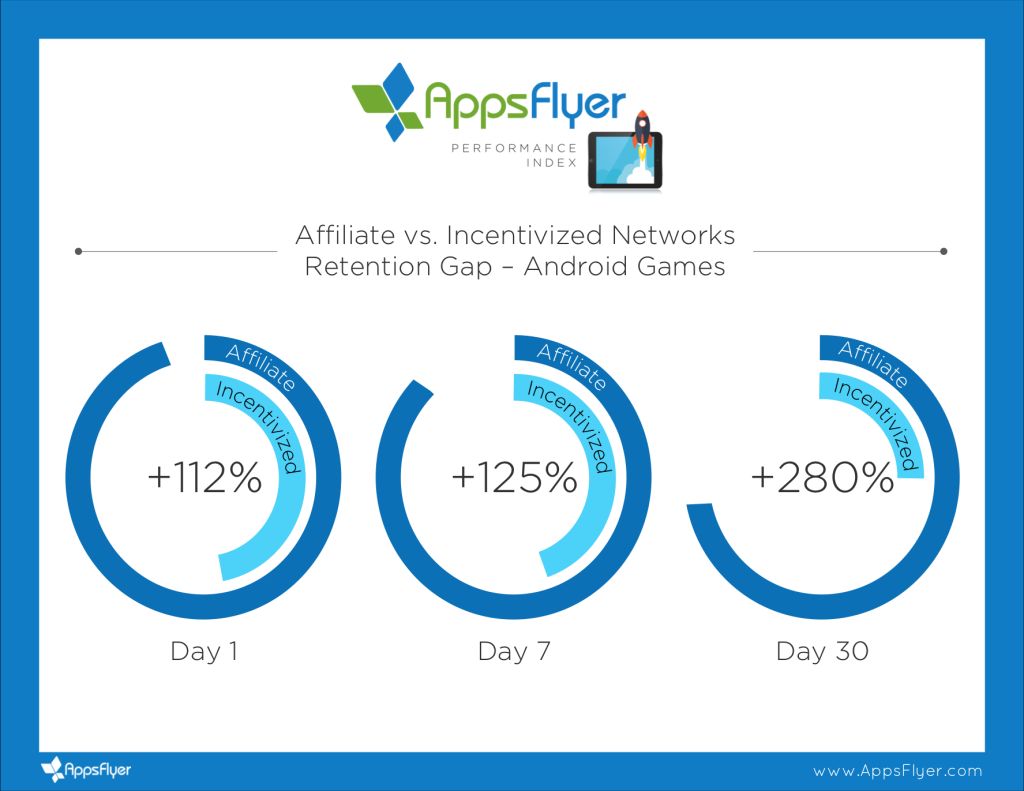
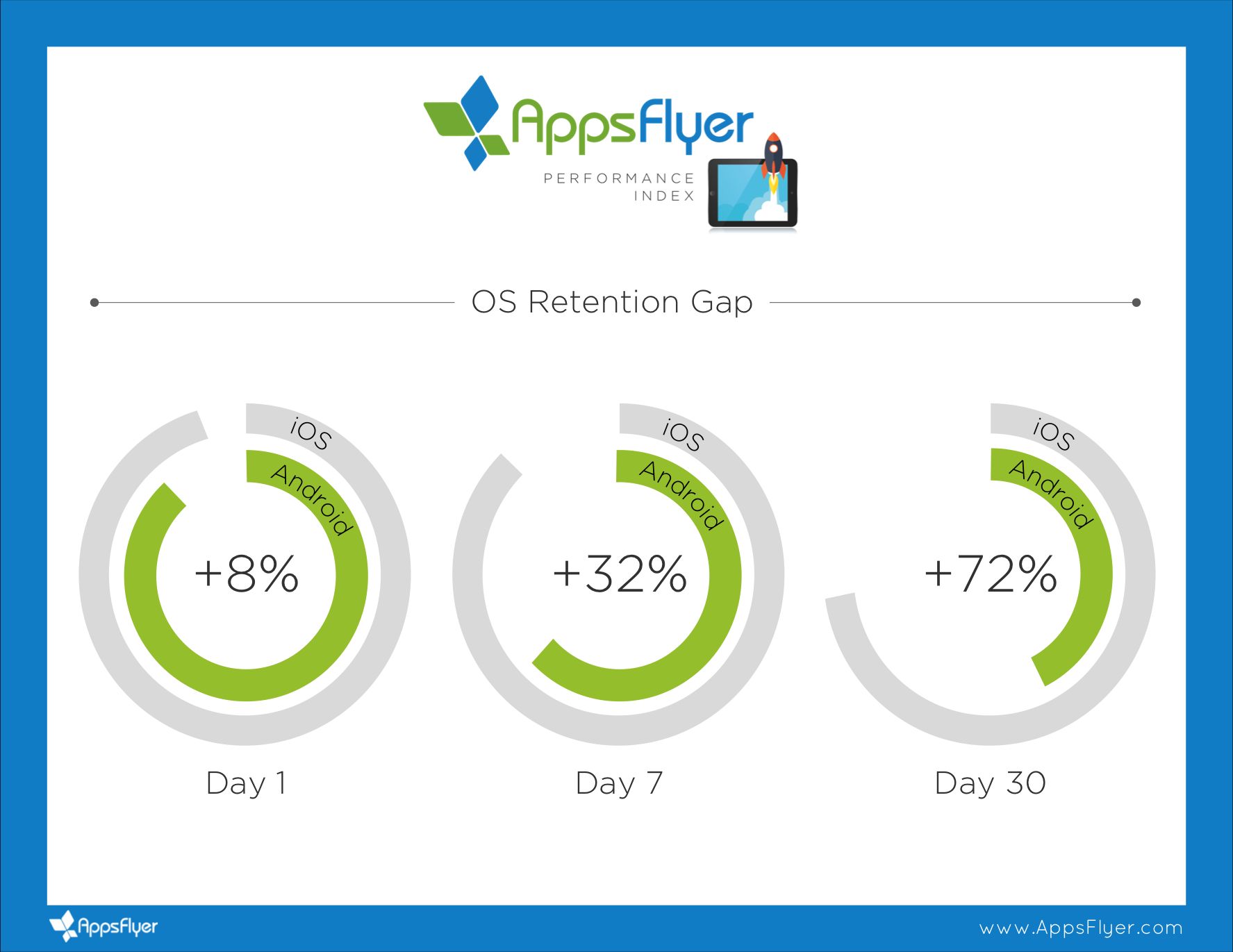
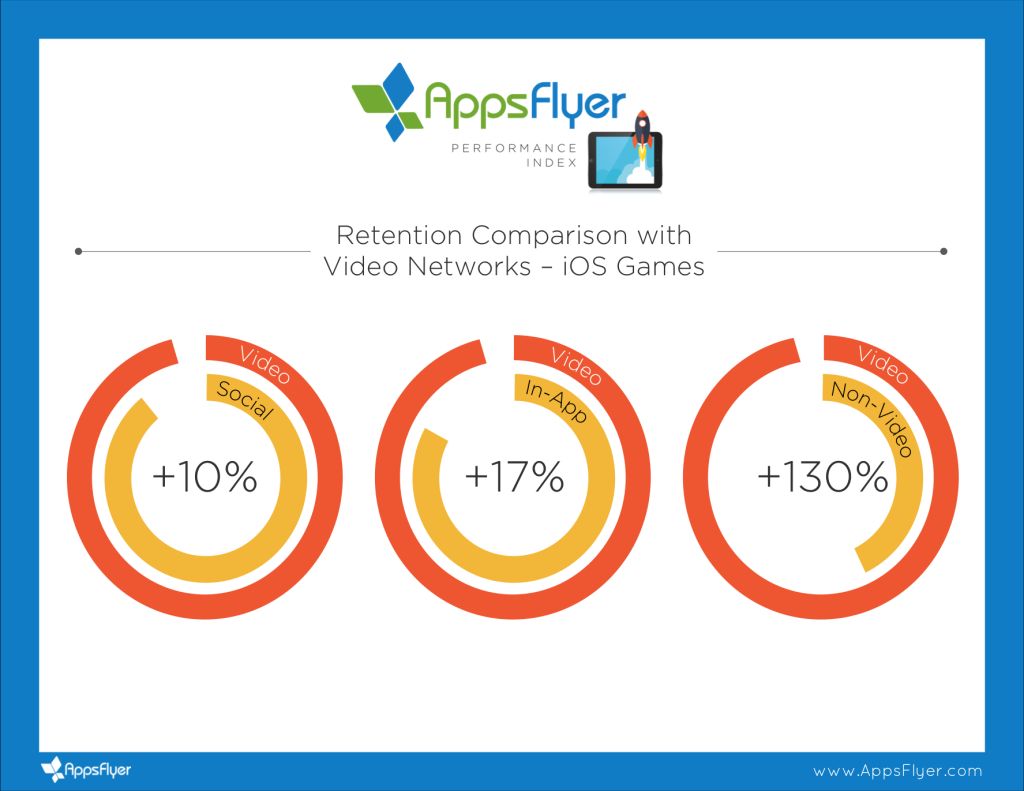
 Oren Kaniel
Oren Kaniel
